Fun Reading Activities for Second Graders
Second graders have usually mastered a lot of the basic reading skills. They’re ready to add some advanced decoding techniques to their toolkit, like diphthongs, prefixes, and suffixes.
Kids this age also focus more on reading comprehension, analyzing the texts they read. These reading activities for second graders offer fun and interactive ways to practice.
Build Word Ladders to Practice Diphthongs
Diphthongs are a combination of two vowels in the same syllable that make a combined sound, as in “soil” or “sound.”
These can be tricky for kids to recognize and master, so get some hands-on practice using this idea for word ladders from 3 Dinosaurs.
Add alphabet beads or magnets to printed lists of diphthongs to make new words. It’s fun to see just how many you can create!
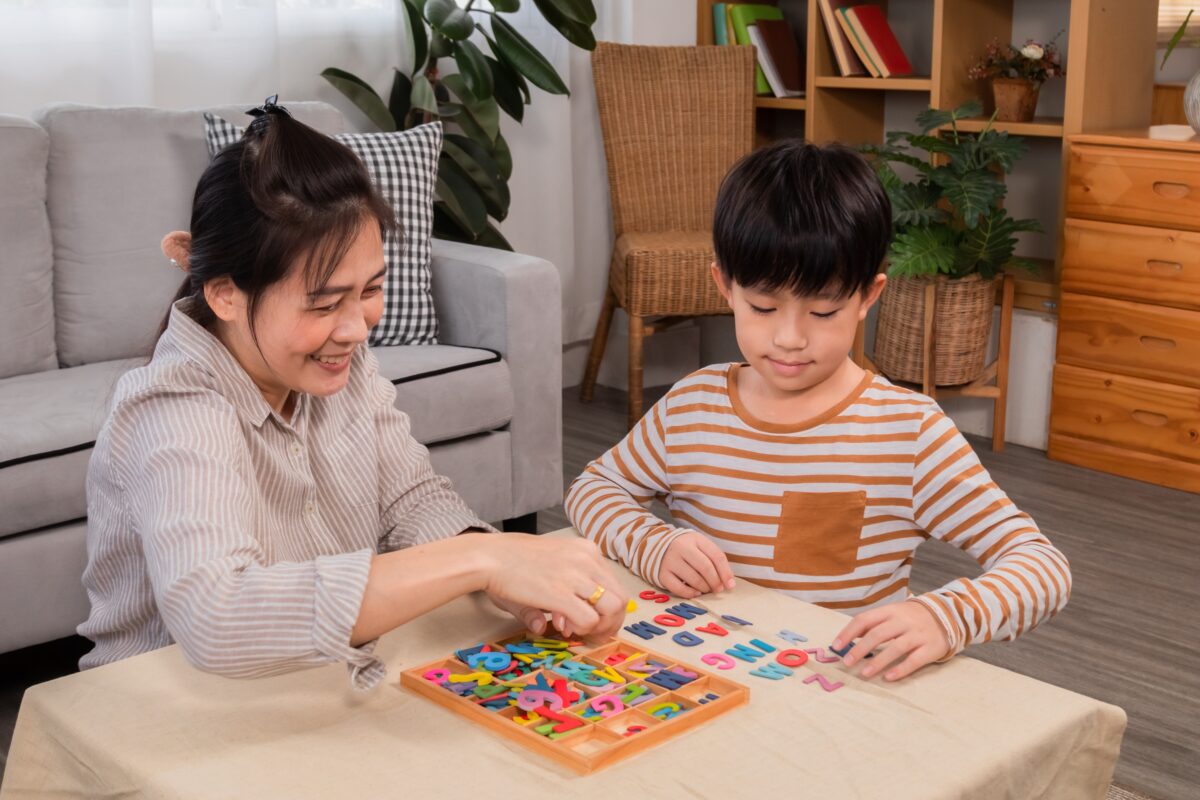
Bonus Activity Idea: A digraph is similar to a diphthong, but instead the two letters (usually vowels) make just one sound, as in “meat” or “toad.” You can use word ladders to practice these too. Remember the old rule: “When two vowels go walking, the first one does the talking.” (Usually!)
Practice R-controlled Vowels With Go Fish
Another key decoding strategy kids need to learn is how to pronounce R-controlled vowels, sometimes called “Bossy R.”
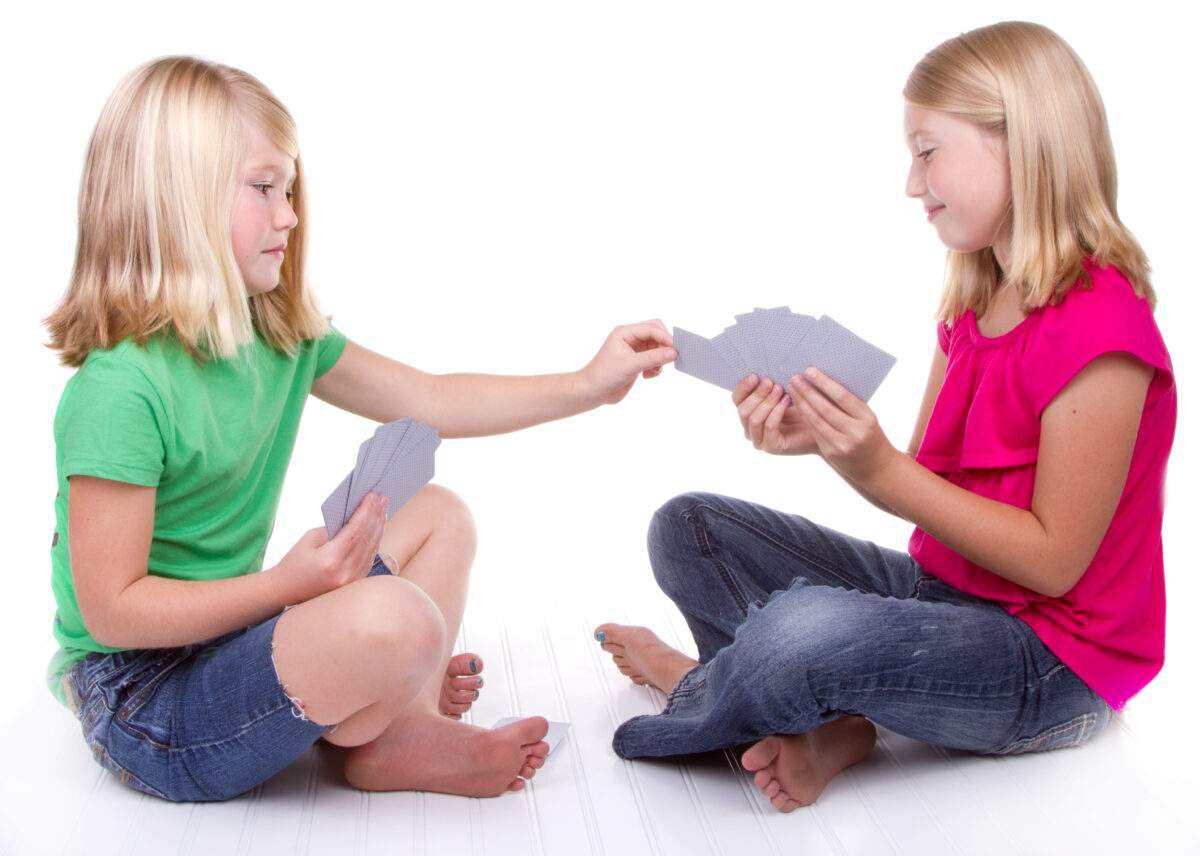
When R follows a vowel, it often alters the pronunciation. Plus, /er/, /ir/, and /ur/ are all usually pronounced the same.
The best way to practice this is to see these words in use as often as possible.
That’s why these free printable Go Fish cards from The Measured Mom are so handy. Kids can work on these deceptive words through play!
Bonus Activity Idea: Pick up a set of Jenga blocks from the dollar store, and write a different R-controlled word on each. Play the game as usual, but when a player pulls a block, they must also read out the word correctly. This one is fun for the whole family.
Build Compound Words with Blocks
Compound words are made up of two smaller words, and learning to recognize them makes decoding long words much easier.
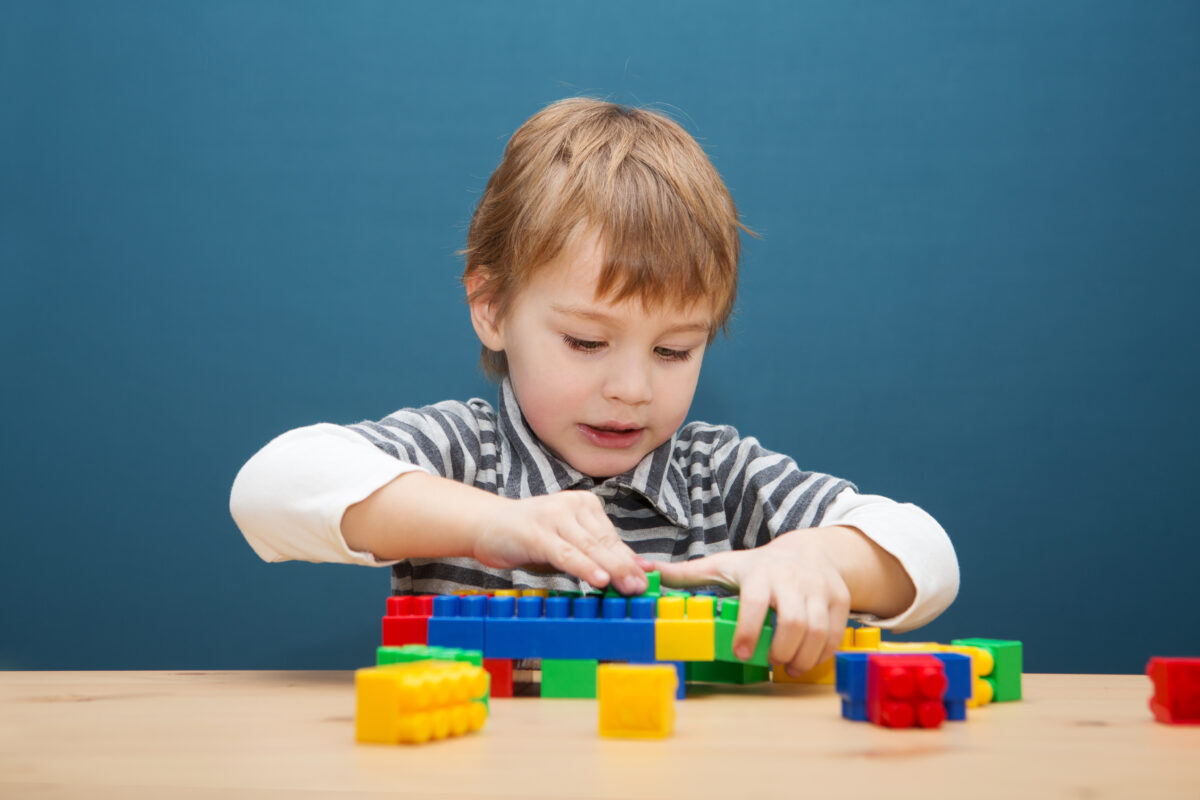
This clever idea from Mrs. Richardson’s Class really drives home the idea of building words from smaller parts.
Use connectable building bricks like LEGOs. On a longer piece, add a sticker with a compound word. Then, write the component words on two smaller bricks.
Create a variety of these, then mix up the bricks and have kids assemble them.
Bonus Activity Idea: Play compound word Pictionary. Players try to get others to guess their word by illustrating the component words. For instance, if the word is “armchair,” the player would draw an “arm” and a “chair.” Terrific for kids who love art!
Toss a Beach Ball to Practice Prefixes and Suffixes
Another way to decode longer words is to look for prefixes and suffixes. Active kids will love this practice idea from Teaching With Simplicity.
Use a permanent marker to write prefixes and suffixes all over a beach ball. Then, toss the ball to a student, and see which prefix or suffix their left thumb lands on.
Have them give the meaning and an example word. Write out a list as you go, and note any spelling changes to the root word caused by the prefix or suffix.
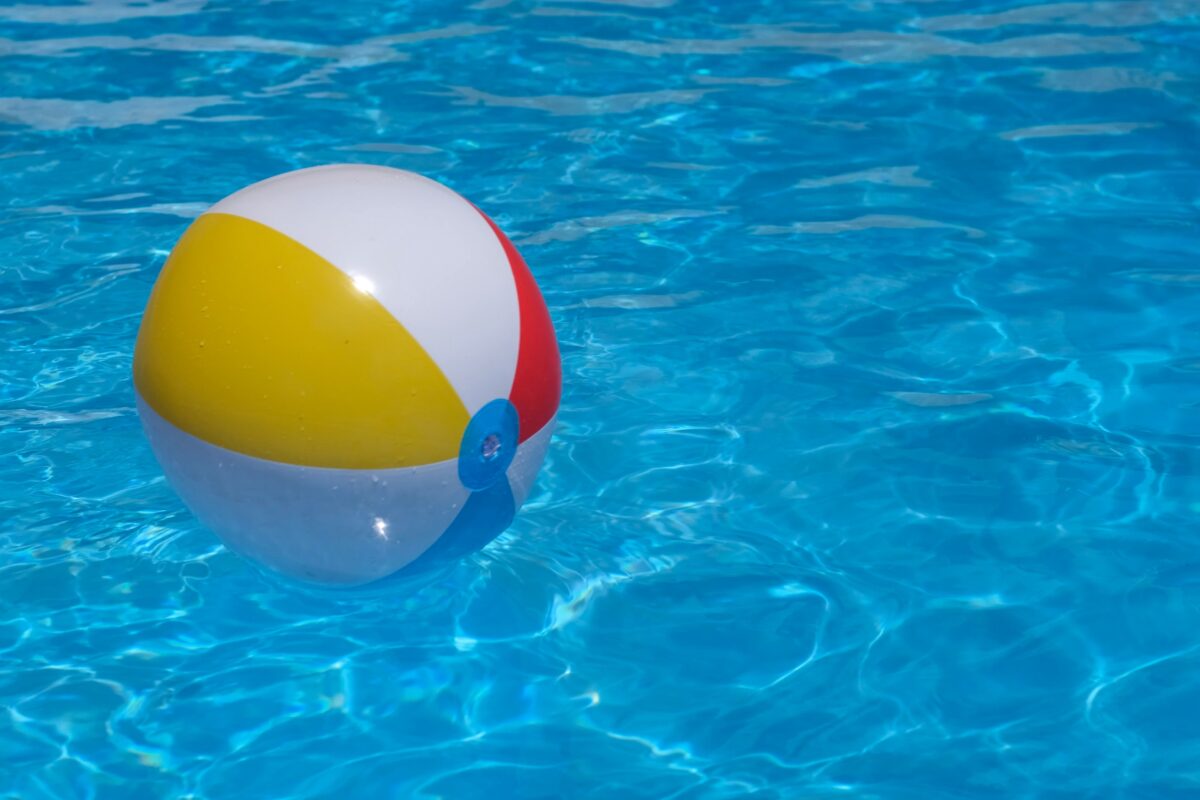
Bonus Activity Idea: Write root words in the center of wood craft sticks, leaving space on either end. Then, write prefixes and suffixes on clothespins. Have kids clip the prefixes and/or suffixes to the ends of the root word sticks to discover lots of new words.
Play Sight Word Tic-Tac-Toe
By second grade, kids are working on some of the most challenging sight words. (These are words that don’t follow standard spelling or pronunciation rules. Kids memorize them so they can read them on sight.)
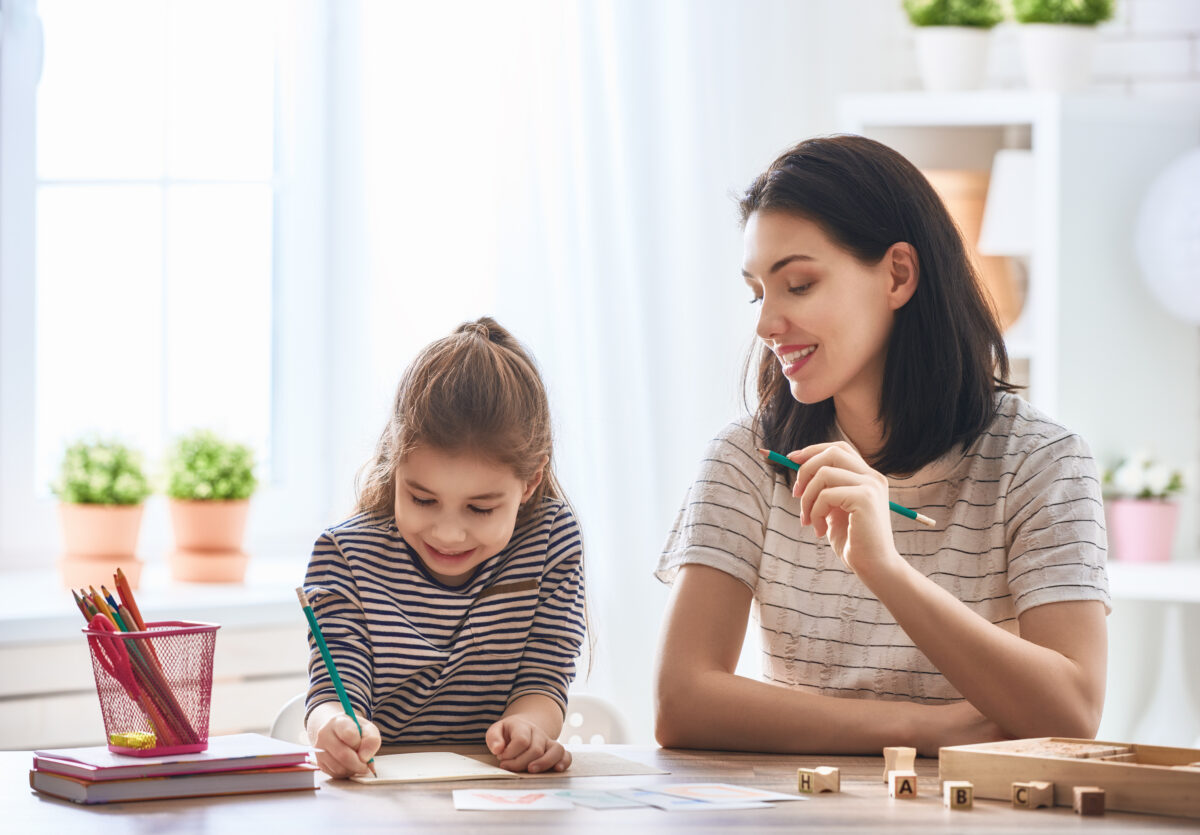
Take a break from flashcard drill and try this version of tic tac toe from Playdough to Plato instead.
Each player chooses a different sight word to use as their marker, and writes it into their chosen spaces on the board.
You can play this one anywhere as long as you have a pencil and paper.
Bonus Activity Idea: Go on a sight word hunt! Write sight words on cards and hide them around the room. Give kids a checklist of words to find, and send them out to see how quickly they can track them all down.
Teach Context Clues with Nonsense Words
As Missing Tooth Grins explains, teaching context with nonsense words just makes sense.
It’s the easiest way to demonstrate just how incredibly helpful context clues are when you’re trying to figure out a word you don’t know.
Visit the site for free printables, or write your own passages using a nonsense word for kids to tackle.
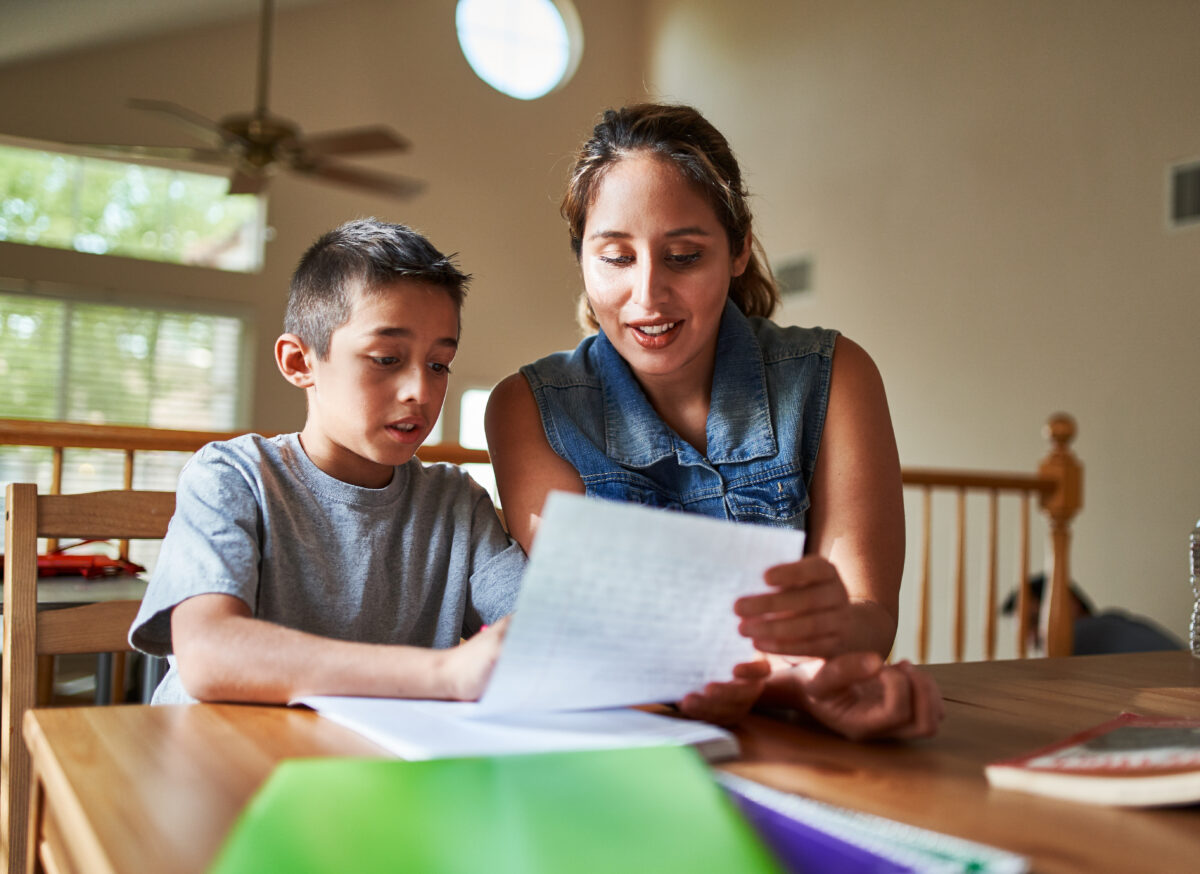
Bonus Activity Idea: Lewis Carroll’s poem “The Jabberwocky” is chock full of wonderful nonsense words like “brillig” and “frabjous.” Read these delightful verses, and write down any nonsense words. Then, use context to determine what those words mean. Afterwards, challenge kids to write their own nonsense word poem or story.
Create a Timeline to Understand Plot Structure
Reading activities for second graders should also include lots of reading comprehension practice.
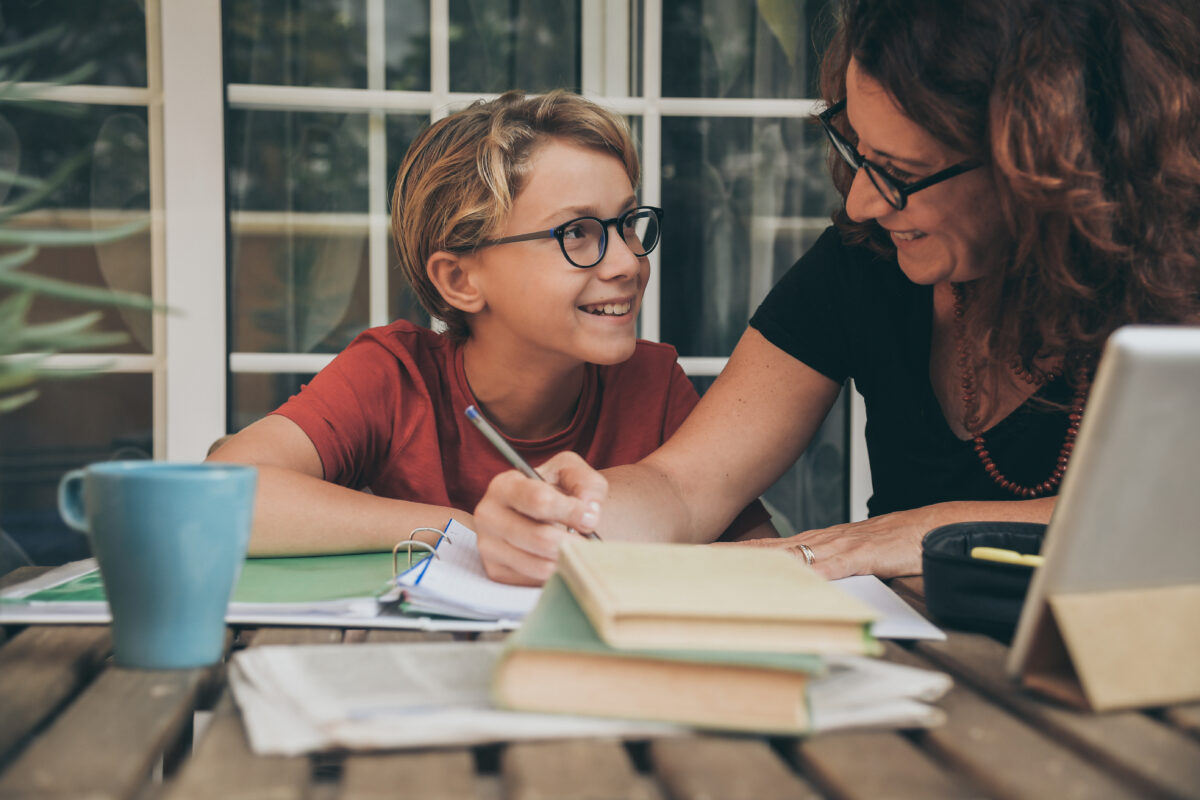
Ditch the old written book reports and try a story timeline instead, like this terrific example from The Sunny Side Up Blog.
Have students identify key scenes from a novel that represent the exposition, rising action, climax, falling action, and resolution. Have them illustrate these scenes and lay them out in a timeline that summarizes the story.
Bonus Activity Idea: Kids this age should also be working on fluency, which means reading smoothly and with expression. After an initial reading, ask them to retell the story in their own words first, thinking about how the characters were feeling.
Then, have them read the story out loud, giving each character a different voice and adding in plenty of expression. Record them as they read, then watch the video together and talk about how they could improve their fluency.
ABCmouse Reading Games & Activities
Try the ABCmouse early learning educational App for 2nd grade reading activity fun!
Whether you want a quick easy activity you can take on the go, or wanting a customized learning path for your developing reader ABCmouse.com has hundreds of reading games and activities designed to help your kindergartener learn and develop their reading muscles.
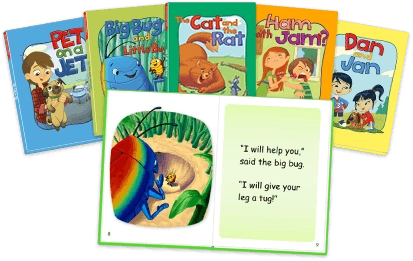
ABCmouse has activities and games for 2nd graders learning to read that cover:
- Letter and Sound Recognition
- Word Blending
- Sight Words
- Reading Comprehension
- Phonics
- Vocabulary Building
- Reading Fluency
- Progress Tracking
- AND MORE!
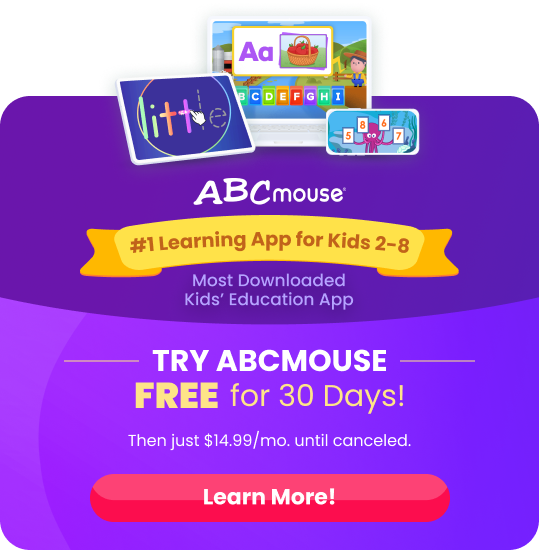
Any links provided to third-party resources are provided for informational purposes only. We do not sponsor or endorse, and are not affiliated with such parties, unless explicitly stated otherwise.
